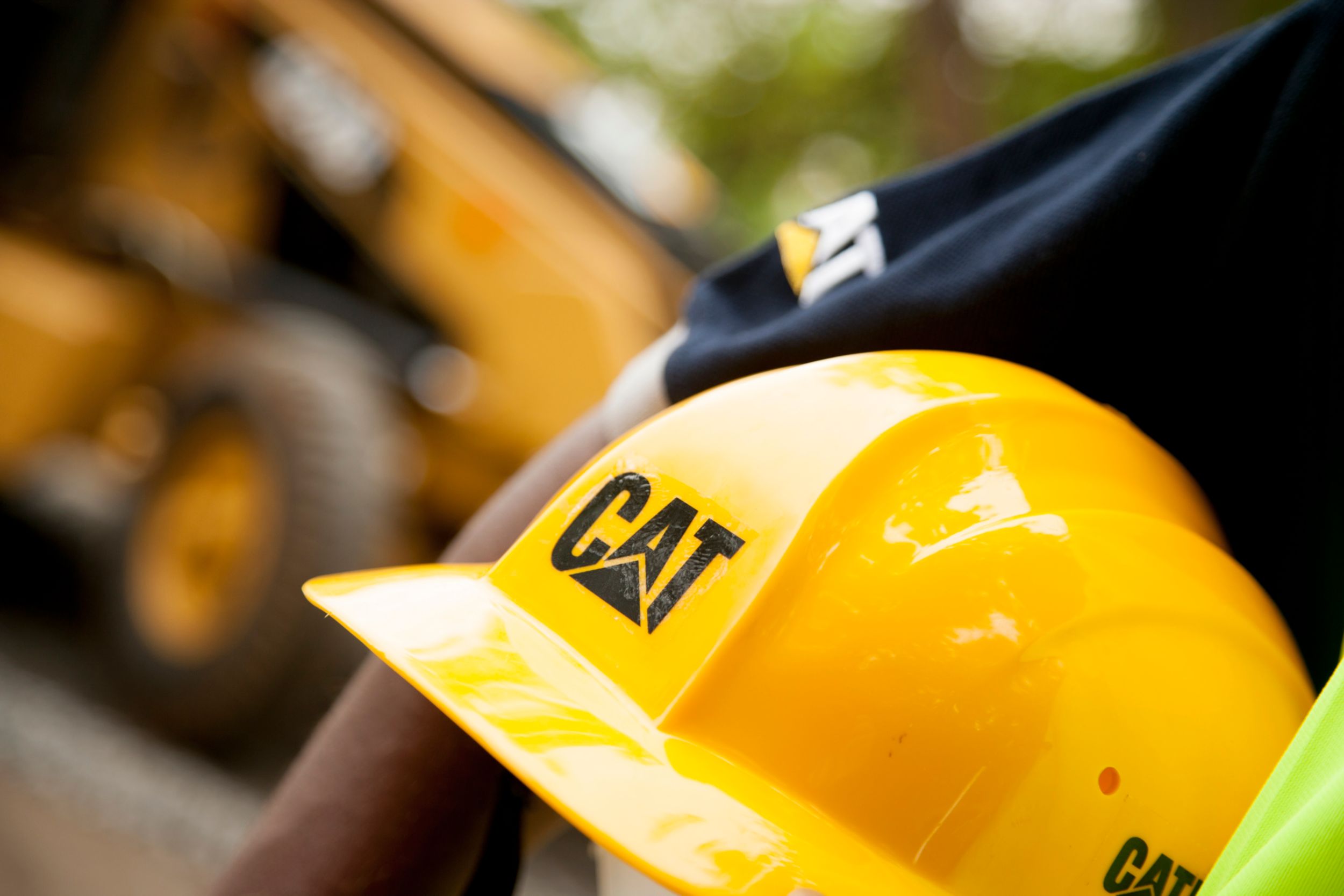A Powerful Commitment to Sustainability
Caterpillar is positioned to serve customer demand for products that support fuel transition, increase operational efficiency and reduce emissions.
August 19,2021
Providing what customers need, where and when they need it, has been a formula for success throughout Caterpillar’s history. But the world doesn’t stand still. Nowhere is that truer than in the evolution of energy, where we find ourselves on the cusp of a new chapter.
The world is experiencing an energy transition – moving toward improvements in energy efficiency, increase in the use of renewable energy sources, improved energy management and other practices – with the goal of a carbon-reduced future for all. It’s a complex scenario compounded by governmental regulations that vary by country and industry. Some customers face strict regulations, and many have adopted challenging environmental, social and corporate governance (ESG) goals. Customers want to be responsible global citizens and good stewards of the environment while running profitable businesses.


WHAT IS DYNAMIC GAS BLENDING™?
Dynamic Gas Blending (DGB™) engines can use natural gas and diesel fuel to power an application. This innovative dual-fuel technology allows the engine to automatically maximize the amount of natural gas used to displace diesel fuel. The result? Customers can reduce diesel consumption and greenhouse gas (GHG) emissions while maintaining power, performance, reliability and ease of maintenance they expect from Cat diesel engines while lowering total ownership cost.
Using a DGB engine in an oil and gas well service operation allows customers to capture and use gas that would be flared or otherwise expelled into the atmosphere. When gas is not available, the engine can use diesel fuel. It’s an automatic process that customers don’t even have to think about, offering the industry’s best diesel displacement rate of up to 85%. This means an engine burning 100 gallons of diesel an hour in 100% diesel mode can burn as little as 15 gallons an hour in dual-fuel mode.
ACHIEVING ENVIRONMENTAL AND CLIMATE-RELATED GOALS
We are committed to providing seamless solutions that bolster customer success while achieving challenging goals. By listening to customers, watching global industry and market trends, and a rigorous new product development process, we provide customers what they need to be successful. It will be no different as we support customers through the energy transition and work toward achieving climate-related objectives.
Some of this work is a natural output of Caterpillar’s continuous improvement culture. Any product that we make today undergoes intense scrutiny – there’s no such thing as being content with the status quo. We understand there isn’t going to be a one-size-fits-all solution for tomorrow’s power customer.
Meet the Cat® 3512E Tier 4 Dynamic Gas Blending™ (DGB™) engine system. The first and only DGB engine in the industry certified to U.S. EPA Tier 4 Final emission standards, our 3512E Tier 4 DGB can help well service customers reduce their diesel consumption and greenhouse gas (GHG) emissions while maintaining performance levels. Automatic start-stop technology cuts nonproductive idle time by 60% and fuel consumption by 8.5%. The ability to seamlessly switch between diesel and natural gas also reduces fuel costs and environmental impact. This engine can be purchased new, or customers can purchase retrofit kits to convert existing engines. It’s not surprising this engine received the U.S. Environmental Protection Agency’s (EPA) 2020 Clean Air Excellence Award in the Clean Air Technology category.
COLLABORATING ON HYBRID SOLUTIONS
At Caterpillar, we don’t create products in a vacuum. Our rigorous research and development (R&D) process is built on customer needs and priorities. We gather and incorporate customer input during each phase from design through pilot and production. Listening to customers has never been more important than it is today, as we design and build an enhanced portfolio of technologically advanced power products.
We understand that customers are at various milestones in the energy transition, face diverse challenges, and have unique priorities and goals. The answer for each customer will be unique – and we stand ready to implement solutions that work today and tomorrow.
RESPONSIBLE ENVIRONMENTAL STEWARDSHIP MEETS TECHNOLOGY
The B2Gold Corporation’s Otjikoto Mine is located in central Namibia, where the climate is hot and humid, and reliable power is essential. It’s an ideal place to employ an integrated hybrid power system that pairs Cat® engines with Cat Photovoltaic products.
B2Gold began commercial production in early 2015, supported by state-of-the-art Cat mining trucks, excavators, power solutions and other equipment. A few years later, B2Gold turned to their local Cat dealer, Barloworld, to provide a power solution that would lower fossil fuel consumption while fulfilling its corporate mission to improve sustainability.
Today, the mine runs on power generated by an on-site solar facility designed, built and commissioned by Barloworld, including 62,400 Cat thin-film PVT modules mounted on single-axis trackers, 260 solar inverters, seven 1MW transformers and the Cat Microgrid Master Controller (MMC). The facility leverages Cat Connect technology for real-time performance data collection that can be monitored and analyzed remotely from anywhere in the world.
By converting the mine’s power-producing capabilities to solar hybrid, company officials estimate a reduction in heavy fuel oil (HFO) consumption of about 900,000 gallons (3.4 million liters) per year, an annual savings of 14–16% in power generation costs. The facility’s operational cost savings are projected to pay back the investment within four-and-a-half to five years after implementation.

LOOKING TO THE FUTURE
The energy landscape is evolving, and our customers are too. Caterpillar has a long history of innovating the most technologically advanced customer solutions. Whether it’s alternative fuels, electric and hybrid powertrains, fuel cells, batteries or microgrids – we’re invested in and focused on sustainably powering the future.
Using our application expertise and innovation in controls, systems and services integration, plus our experience with proven solutions across products and industries, we are prepared to deliver customer solutions necessary to succeed in the never-ending evolution of power.




